What's New
Displaying results 151 - 160 of 4052

Resource | Publications,
This technical guidance is a living document that builds on guidelines and reports of the UNAIDS Joint Programme. The definitions contained herein are working definitions that are subject to change. Updates will also be added further to the work of the multistakeholder Task Team on community-led AIDS responses that was recently established by the UNAIDS Executive Director and the UNAIDS Joint Programme, and which will conclude its task in December 2021.

Resource | Publications,
This document highlights 10 well established Risk Communication and Community Engagement (RCCE) principles that have proven their power. Together they put communities at the heart of the roll out of new vaccines, treatments and tests and promote trust, the critical ingredient for all community action. Informed, engaged and empowered communities are the bedrock for the arrival of new vaccines, treatments and tests that will be introduced to reduce the spread of COVID-19 and save lives. With communities fully engaged and actively participating through the full cycle of planning, delivery and assessment for biomedical tools, demand for these tools can be increased, leading to widespread and effective uptake and use.
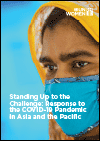
Resource | Publications,
This report presents some highlights from the past year of the pandemic. It traces what UN Women did to secure access to emergency hygiene and immediate relief, sustain life-saving essential services for escalating cases of violence against women and girls, integrate gender into national and sub-national crisis response strategies, and make women’s economic empowerment, both in terms of paid and unpaid labour, a fulcrum for resilience and recovery. Case studies in this report provide entry points and lessons learned on how to adapt programming and integrate women and girls in the COVID-19 response and recovery efforts.

Resource | Publications,
This decision tree helps organizations working on violence against women migrant workers decide when and how to best collect data on women migrant worker’s experiences of violence and their access and use of relevant services. These organizations include service providers, policymakers, national statistical offices, and development partner agencies. This decision tree guides data collectors through the various considerations, viable options, and alternative data sources for obtaining information without jeopardizing participants’ safety or the data’s integrity.
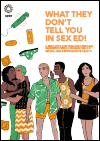
Resource | Publications,
This resource is divided into three main sections. In the first section, we discuss and unpack the terminologies frequently used in this factsheet. In the second section, we have curated tips for safe and pleasurable sex. Finally, in the third section, we have compiled information to answer commonly asked questions about reproductive health of transgender and gender diverse persons and their fertility choices.
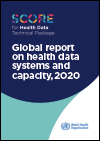
Resource | Publications,
The first global assessment on the status and capacity of health information systems in 133 countries, covering 87% of the global population.
It identifies gaps and provides guidance for investment in areas that can have the greatest impact on the quality, availability, analysis, accessibility and use of health data.
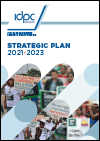
Resource | Publications,
The Strategic Plan further cements IDPC's position as the global drug policy reform network, with over fifteen years of experience and constantly growing in reputation, size, scope, influence and reach.
The IDPC Strategic Plan 2021-2023 will guide our network as it builds on the irreversible global momentum for drug policy reform, strengthens partnerships, and deepens bonds of solidarity with like-minded movements against oppression.
The new Strategic Plan also updates the network's vision and mission, reflecting our movement's maturity, ambition and purpose.
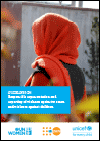
Resource | Guidelines,
These guidelines promote responsible and effective representation and reporting of violence against women and violence against children for public advocacy purposes, such as media coverage and awareness raising campaigns.
While the causes, risk factors, prevalence, patterns and consequences of violence against women and violence against children may differ, many of the considerations for ethically, safely and effectively communicating these issues are crosscutting.

Resource | Publications,
This report provides an update to the 2013 report highlighting recent legal and policy trends and developments affecting the sexual and reproductive health and rights (SRHR) of young people in Asia and the Pacific. The review considers recent legal and policy developments that are supporting or impeding countries in meeting the goals and targets of the 2030 Agenda for Sustainable Development relating to SRHR, which include achieving universal access to SRH services and ending the HIV epidemic by 2030.
The report has a particular focus on whether countries recognize the evolving capacities of adolescents in their laws and policies on the age of access to contraceptives, access to safe abortion services, HIV testing services (HTS), age of consent to sex and the minimum age of marriage.
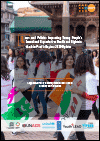
Resource | Publications,
The country case studies are a supplement to the report Young People and the Law: Laws and Policies Impacting Young People’s Sexual and Reproductive Health and Rights in the Asia-Pacific Region: 2020 Update, which provides a broad overview of whether countries in the Asia and Pacific region recognize the evolving capacities of adolescents in their laws and policies on the age of access to contraceptives, abortion services - where legal, HIV testing services, and age of consent to sex.
The case studies illustrate how policy development concerning the sexual and reproductive health and rights of young people have proceeded in six diverse country contexts. They provide insight into the challenges of securing the sexual and reproductive health and rights of young people and the mechanisms of positive change.





